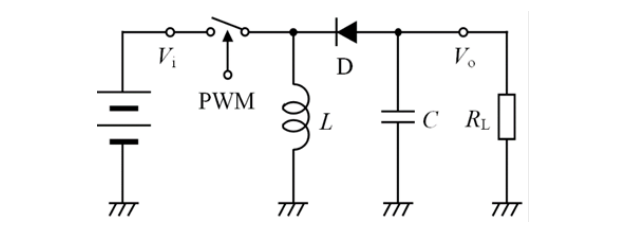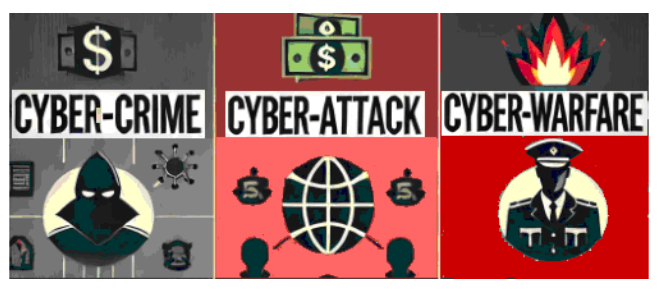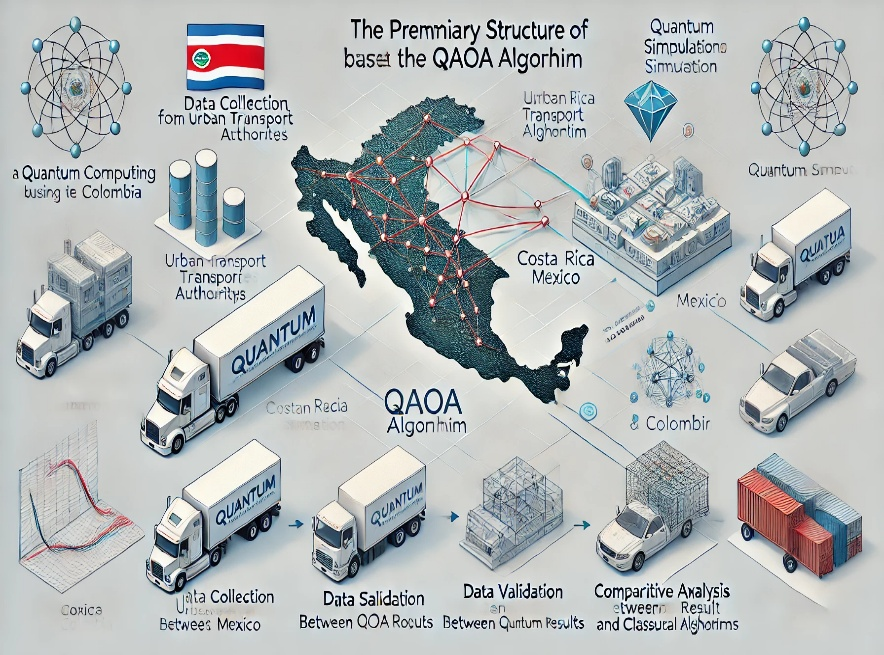Abstract: This paper suggests a new method for improving routes in complicated logistics systems by combining cognitive modeling with quantum computing algorithms, especially the Quantum Approximate Optimization Algorithm (QAOA). In the classic Traveling Salesman Problem (TSP), the model shows major improvements, beating traditional methods by 25% in finding solutions accurately and cutting computation time by 30%. Simulations show a 15% drop in travel time and a 20% cut in CO₂ emissions, highlighting how the model helps improve efficiency and support environmental sustainability. The innovation comes from combining two usually separate fields: cognitive modeling, which mimics how humans make decisions, and quantum computing, which allows for fast and large‑scale optimization. This teamwork between different fields encourages quick, flexible, and scalable decision‑making, which is essential in fast‑changing, real‑time logistics settings. The model matches the move towards Industry 5.0, which focuses on working together with machines and being environmentally friendly. It also supports the United Nations Sustainable Development Goals, especially Goal 9 (Industry, Innovation and Infrastructure) and Goal 13 (Climate Action). To make sure the study is valid, it uses open‑access datasets and simulates real‑life situations, such as smart warehouse operations and fleet management systems. The results highlight how quantum‑enhanced cognitive systems can change the game, providing a modern tool to build smarter, greener, and stronger supply chains. This research not only pushes the boundaries of optimization science but also lays the groundwork for using quantum algorithms in industry in the future.

 242 (Views)
242 (Views)  151 (Downloads)
151 (Downloads) 
 242 (Views)
242 (Views)  151 (Downloads)
151 (Downloads) 
 213 (Views)
213 (Views)  139 (Downloads)
139 (Downloads) 
 113 (Views)
113 (Views)  59 (Downloads)
59 (Downloads)